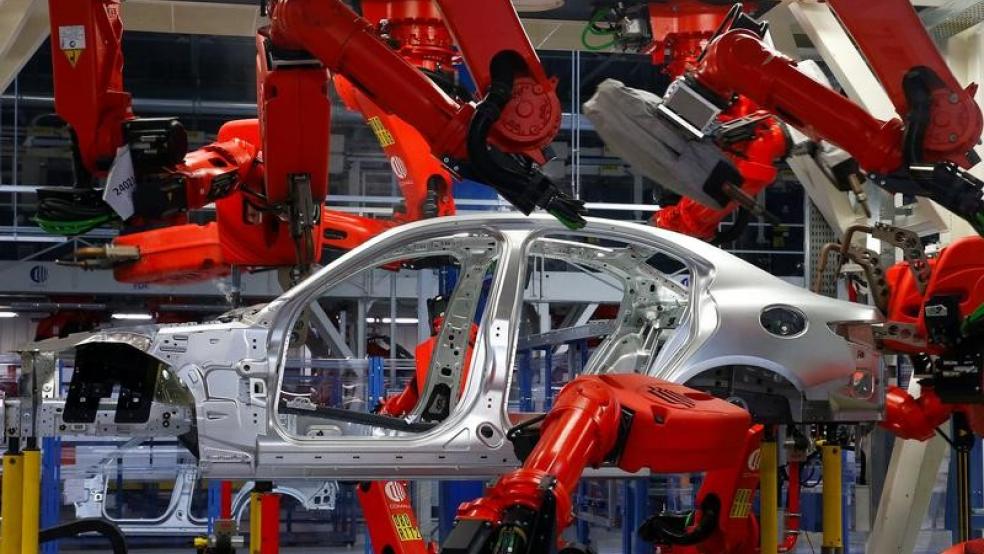The unemployment rate dropped to 3.9 percent in April, the Labor Department said Friday, the lowest reading since December 2000. The economy added 164,000 jobs, a solid number but less than the 195,000 jobs expected by analysts. Year-over-year wage growth clocked in at 2.6 percent, more sluggish than many had hoped. And one reason the unemployment rate fell was because the labor market shrank – 410,00 people left the workforce in April, though that was due in part to more baby boomers simply aging out of the market.
While most celebrated the extraordinary move below 4 percent, some analysts expressed concerns about wage growth and the pace of job creation, and questions about inflation, the efficacy of the GOP tax cuts, and future interest rate hikes by Federal Reserve hovered in the background of much of the commentary.
Jason Furman, chair of President Obama’s council of economic advisers, summed up the mixed messages in the report: “Unemployment of 3.9% is positively exciting. But the ~150m people with jobs care most about wages and up 2.6% in last 12 months is pretty disappointing.”
Here’s what four other analysts had to say about the jobs report Friday:
1) No signs of wage inflation: “… the labor market continues to create jobs at a healthy pace, but the modest indications of accelerating wage growth in earlier reports have all disappeared. Even in the low-paying restaurant sector, employers don’t seem to feel a need to raise pay. On the plus side, this should mean the Federal Reserve Board has little reason to raise interest rates. Even with an unemployment rate below 4.0 percent, there is no evidence of inflationary pressures.”
– Dean Baker, Center for Economic and Policy Research
2) The labor market may be weaker than it seems: "Wages …. remain lackluster, rising at a slower-than-expected pace. Indeed, if the U.S. labor market was as strong as a 3.9% unemployment rate implies with such a minimal amount of labor market slack that such a level suggests, wages would be rising at a much more robust pace. Thus, it’s clear a broader measure of the unemployment rate nearer 8% more accurately depicts the true and more modest health of the labor market.”
– Lindsey Piegza, chief economist at Stifel
3) Uncertainty over the tax cuts: “We need some time to see how the tax cut plays out. There's a possibility the tax cuts give us a capital deepening, and over time you might get some productivity growth. At the same time, it's also possible the tight labor market might engender firms to upgrade their [workers'] skill set in a way that would not happen if there was more labor available.”
– Joseph LaVorgna, chief economist Americas at Natixis
4) Mixed messages for investors: "… the unemployment report was helpful for the bears and was also helpful for the bulls: It underscores the tug-of-war in the market. You had a pullback in the wages, but then again, if you look below the headline number, it shows strength. It helps assuage fears that inflation in galloping higher."
– Quincy Krosby, chief market strategist at Prudential Financial



